Field Report: The 283-Mile Chihuahuan Connector

The Chihuahuan Connector is a 283-mile dirt cycling route between Tucson, Arizona, and Hachita, New Mexico. It's one of seven Intermountain Connectors that link riders between Bikepacking Roots' Western Wildlands Route and Adventure Cycling's Great Divide Mountain Bike Route.
I cycled the Chihuahuan Connector in June, on my way from San Francisco to the southern terminus of the Great Divide. I went slowly, made lots of stops, and spent extra time camping, writing, and hiking. Although June is a very hot month to ride this route, I still had an absolute blast.
The following is a photo field report about my ride on the Chihuahuan Connector.

My friend Nick arranged for me to stay with some bikepacking friends when I arrived in Tucson. I had an amazing time with cyclists Scott and Deirdre Calhoun, as well as Katie Visco and Henley Phillips. When I told Henley I was heading toward the Great Divide, he suggested I take the Chihuahuan Connector.
I purchased the Intermountain Connectors guidebook and GPX files from Bikepacking Roots, downloaded the files to Ride with GPS and Gaia, and left Tucson on the Chihuahuan Connector.

You can also purchase the Intermountain Connector route data through the Adventure Cycling Association’s Bicycle Navigator App. The app is free to download and easy to use.

I followed the Chihuahuan Connector through Tucson's flat, paved streets before ascending 1,500 feet through the Santa Catalina Mountains up Redington Pass. As the road climbed higher, I chased the setting sun into the desert. That night I set up camp in a small clearing at an informal campsite.

The next day I continued on a long, dusty, hot road. I was careful to drink plenty of water and watch out for snakes hiding in the shade.

Some of the highlights of the Chihuahuan Connector were its rugged landscapes and unique plants and animals. The desert was alive with giant yucca blossoms and vivid saguaro flowers.


I spent a few days near a small town called Benson before continuing through the San Pedro Riparian Conservation Area. This section followed abandoned railroad and road beds, and some parts were quite overgrown.


Daytime temperatures were in the high nineties. To stay cool, I carried extra water and used it to soak my shirt while I rode. Sometimes I only cycled in the evening and set up camp in the dark.



I resupplied my pickle stash and other food items at small stores along the route. I also carried dried fruits and vegetables from home.


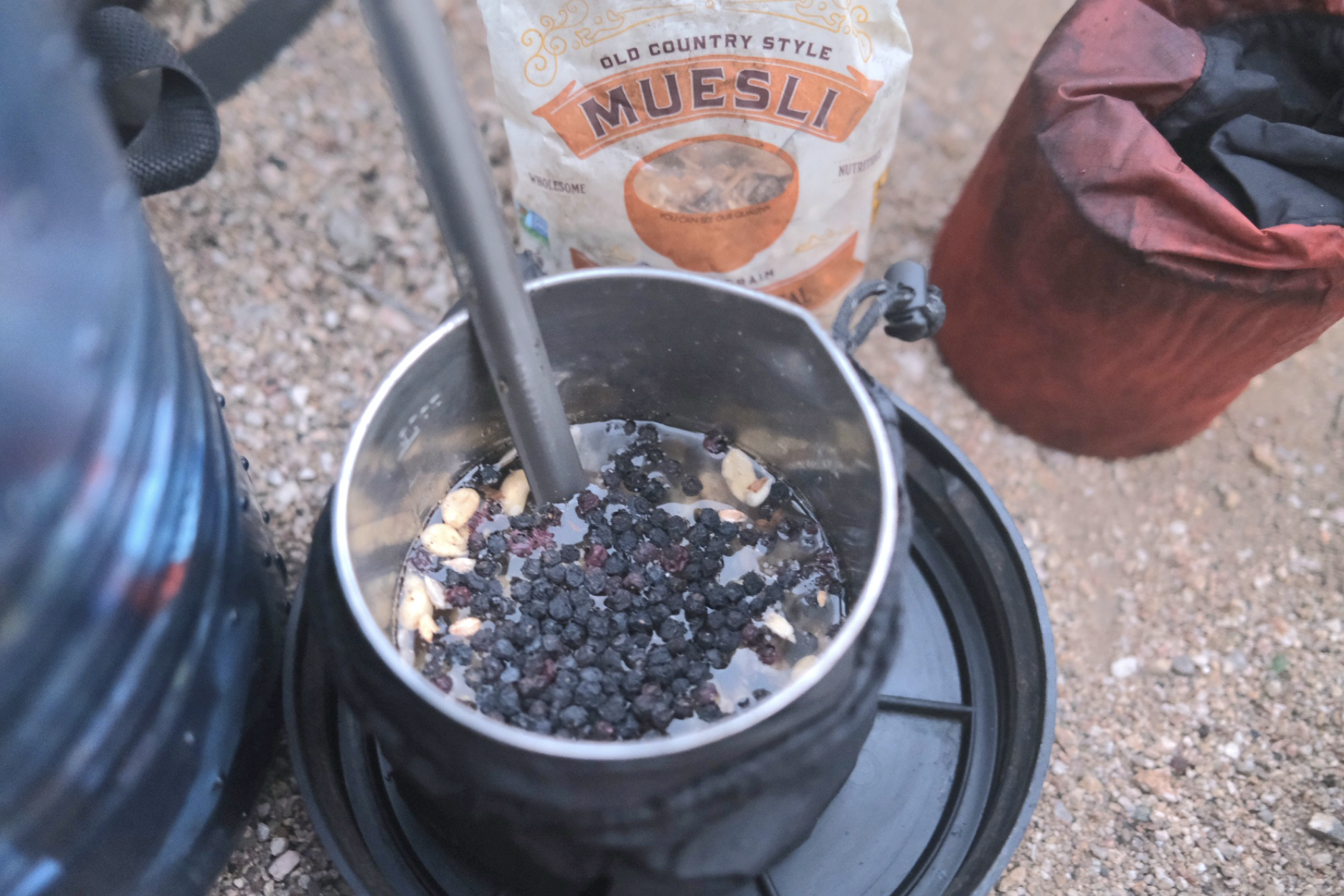
I spent a day at the library in the tourist town of Tombstone. Tombstone is a very weird place. Part of the town was closed off while people reenacted an old western scene, complete with costumes, horses, and buggies.
The Chihuahuan Connector passes through the current and ancestral home of the Hohokam, Tohono O’odham, O'odham Jewed, Chiricahua Apache, and Sobaipuri peoples. You can read more about bikepacking and the conflict of “Wild West’ imagery and nomenclature in this article, which includes a beautifully written statement by Renee Hutchens, a member of the Diné (Navajo) tribe.

After Tombstone, I continued through the desert toward the lovely Dragoon Mountains. I was stopped several times by sheriffs who wanted to know if I had “seen any illegals.” I had not. If I had seen any people wandering through the desert, I would have given them some water. This is an extremely difficult landscape to cross by foot, no matter who you are or where you are from.


The route climbed over the Dragoon Mountains and then went back down into more desert and grasslands. There were lots of lizards and flowers.



On my way toward the Chiricahua National Monument, I camped in a grassy nook on public lands. That night, as I lay in my sleeping bag, I heard a terrible gnawing sound. When I woke up in the morning, I saw that packrats had chewed off my tent buckles, eaten my bike straps, and stolen one of my bike gloves! It was a sad but very funny day. Somewhere out there, a family of packrats is snuggling with my bike glove!

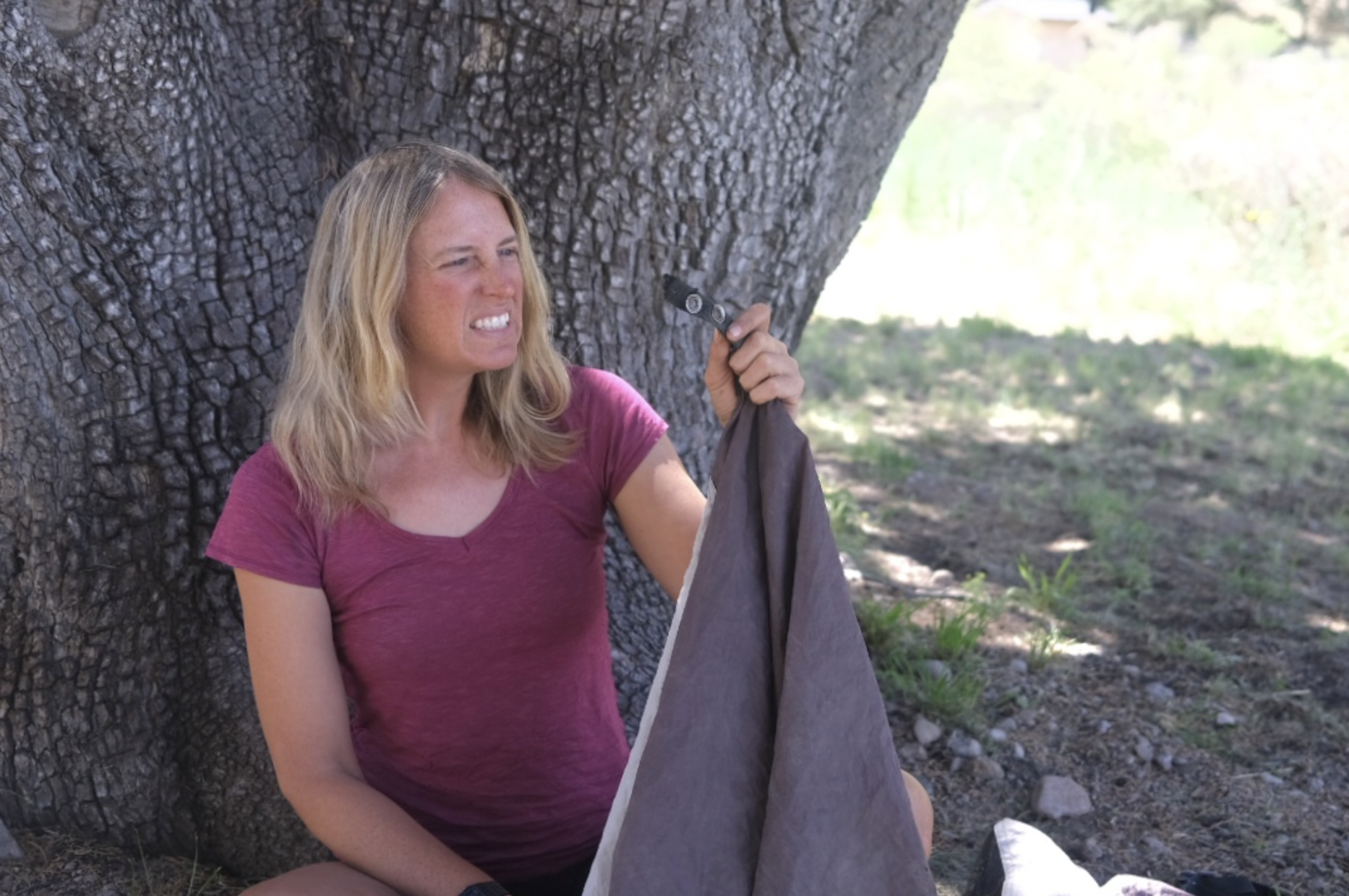
That morning I put on my one glove and continued onward. Soon I met another rider named Mike, who was also cycling the Chihuahuan Connector toward the Great Divide.
A few days earlier, I’d passed a different Mike and his cycling partner pedaling the Chihuahuan Connector toward Western Wildlands. These three people were the only cyclists I met on the route.
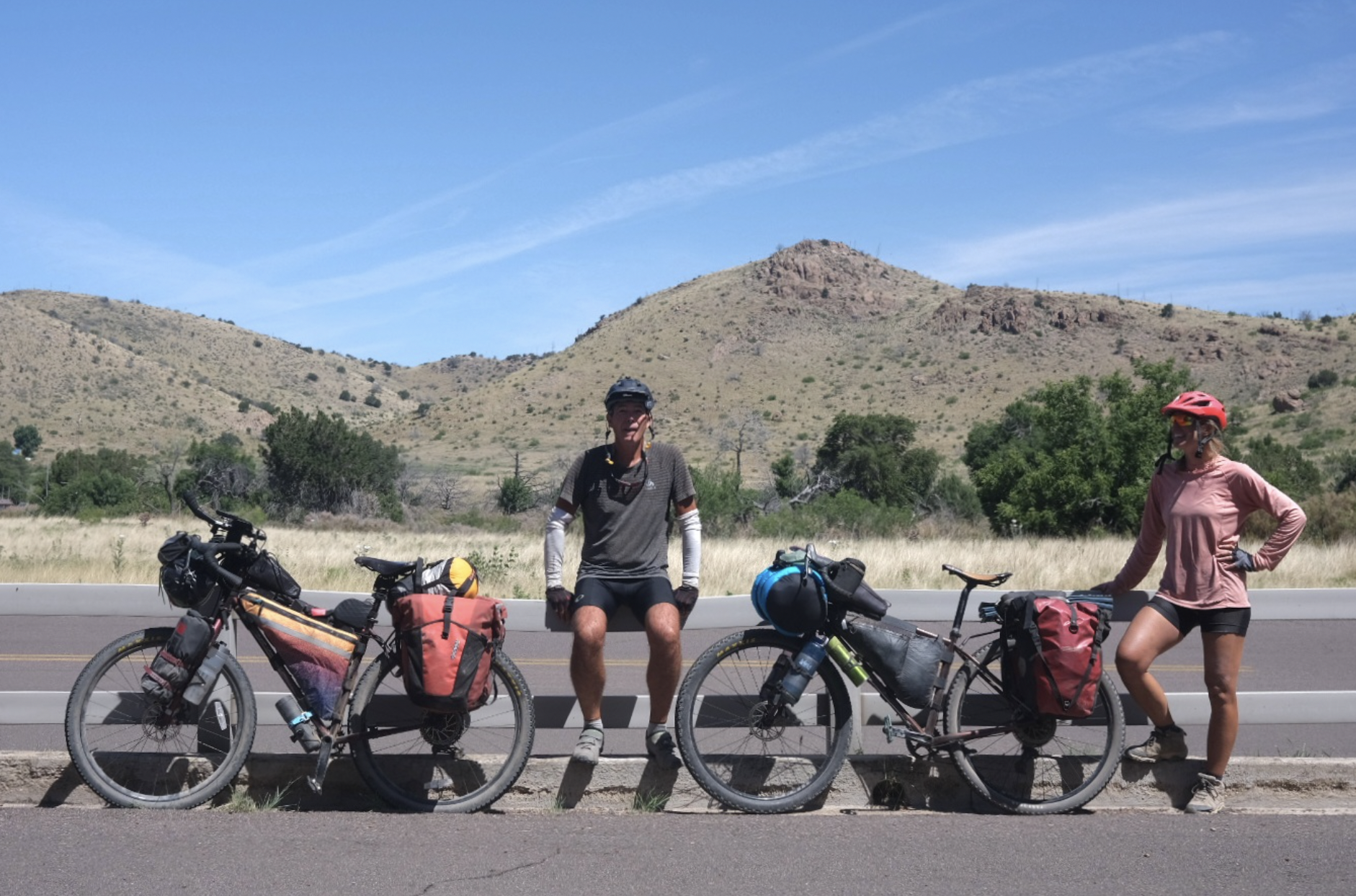
After I got to the Chiricahua National Monument, I spent a few days hiking and biking. The area is known for its strange and beautiful rock formations. Just watch out for goshawks!



Leaving the Monument, the road extended into the Coronado National Forest and up 2,500 feet over Onion Pass. The descent into the town of Portal was absolutely magical.


In the tiny town of Portal, I stopped at the post office to pick up some replacement parts. While I was there, a couple named Narca and Jim asked if I wanted to come home with them for a shower and dinner. I spent the night at their lovely house, where we ate veggie burgers and looked for birds. Portal is a hotspot for many bird species.
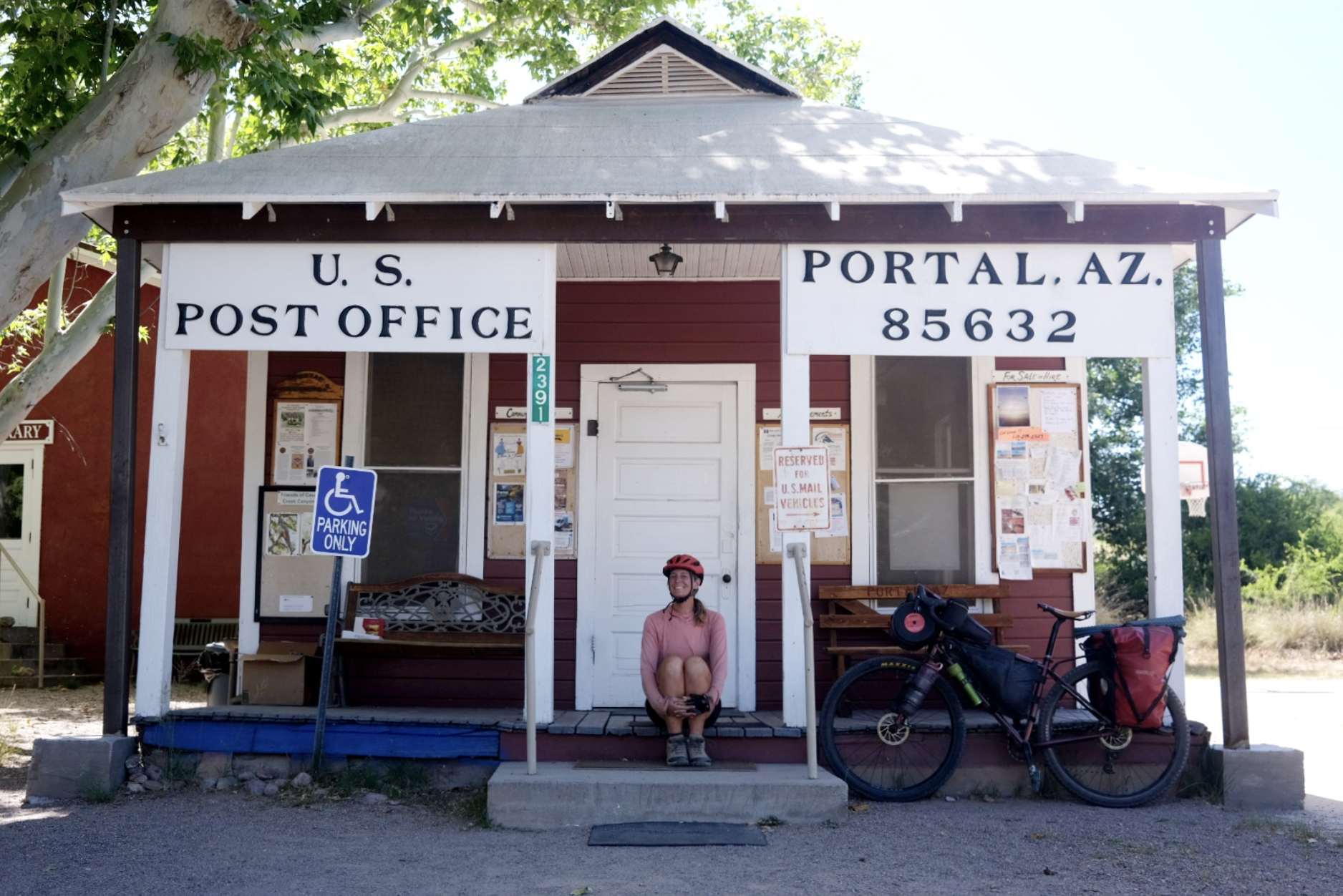


I camped near Portal for a few days, and then continued on a flat paved road toward Hachita.
I stayed for several nights in the Hachita community center before continuing to the Mexican border at Antelope Wells and the start of the Great Divide.
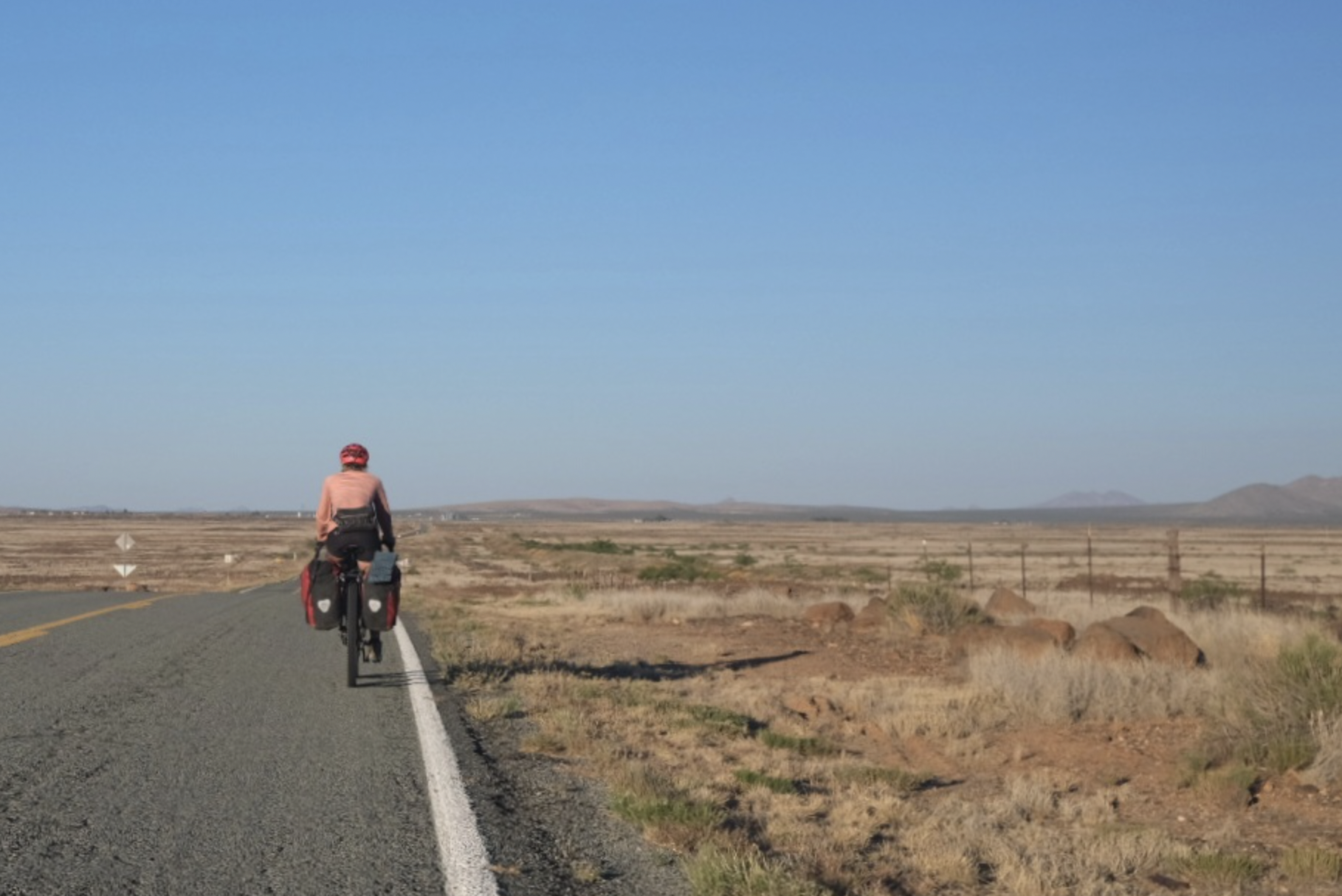

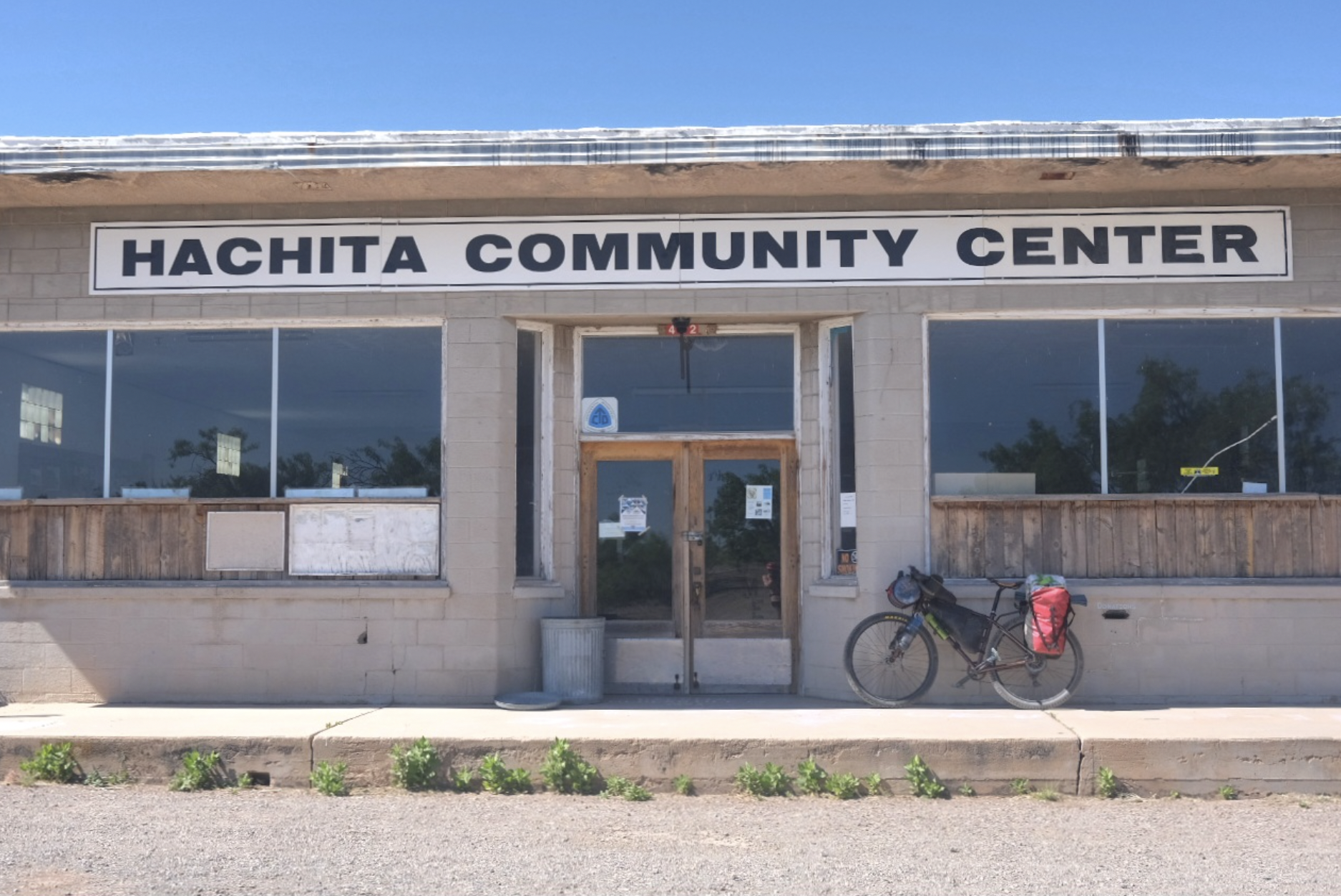
And then the adventure continued!
Chihuahuan Connector Nuts and Bolts
Length: 283 miles from Tucson to Hachita. This includes 130 miles of overlap on the Western Wildlands Trail to Tombstone, plus 154 miles connecting cyclists to the Great Divide Mountain Bike Route in Hachita.
Climbing: 13,800 feet eastbound; 11,800 feet westbound
Route surface: 45% paved and 55% dirt, including 20% double track
Technical difficulty (1-10): Bikepacking Roots rates it as 4/10
Riding season: Fall (October-November) and spring (March-April) are ideal riding months. Summer is extremely hot. In winter Onion Pass in the Chiricahuas may be blocked by snow.
Longest stretch between resupply: 100 miles (2+ days)
Longest stretch between water: 75 miles (1-2 days)
Type of bike: Mountain bike with 2-2.3" tires or a gravel bike with at least 50mm tires. Tubeless tires and extra sealant strongly recommended.
Intermountain Connector routes in partnership with Bikepacking Roots


Comments
Great Intel Laura! I just finished up thru biking the GDMBR in September. Love all the wonderful photos and wildlife identification. Great map on all the connector options. Living on the east coast this is all new to me. It gives me plenty of options for my next bike trip.
Thanks for this! I'm planning on the same thing next early June for my trip on the GDMBR back to my Montana home. I realize it will be hot but it's nice to know distances between supplies and water. I need to buy the connector route but not sure whether to go with standalone or AC's app.
Forgot Password?
Enter your email address and we'll send you an email that will allow you to reset it. If you no longer have access to the email address call our memberships department at (800) 755-2453 or email us at memberships@adventurecycling.org.
Not Registered? Create Account Now.